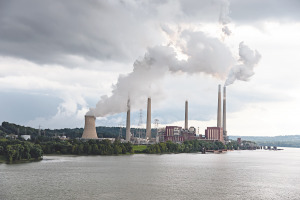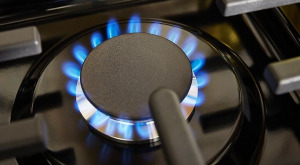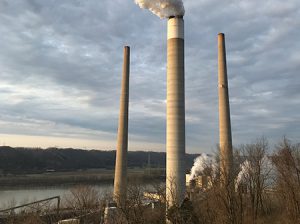Millions breathing hazardous air as smoke from Canada streams over U.S.
Smoke from Canadian wildfires poured into the U.S. East Coast and Midwest on Wednesday, covering the capitals of both nations in an unhealthy haze, holding up flights at major airports and postponing Major League Baseball games.














